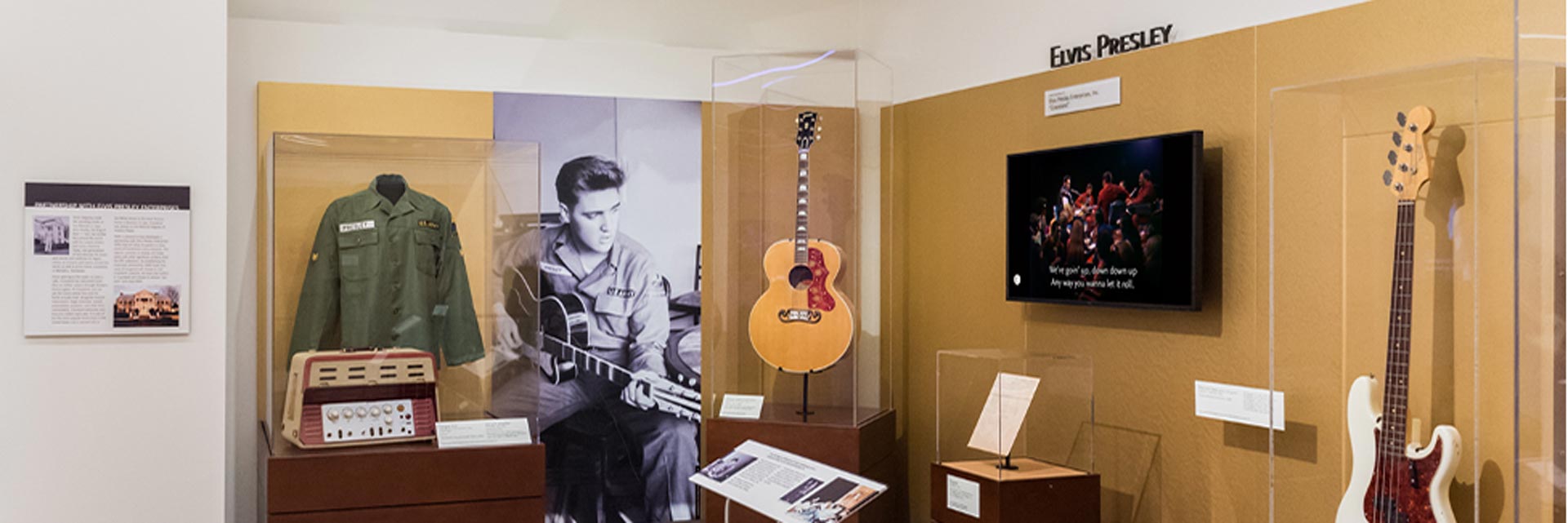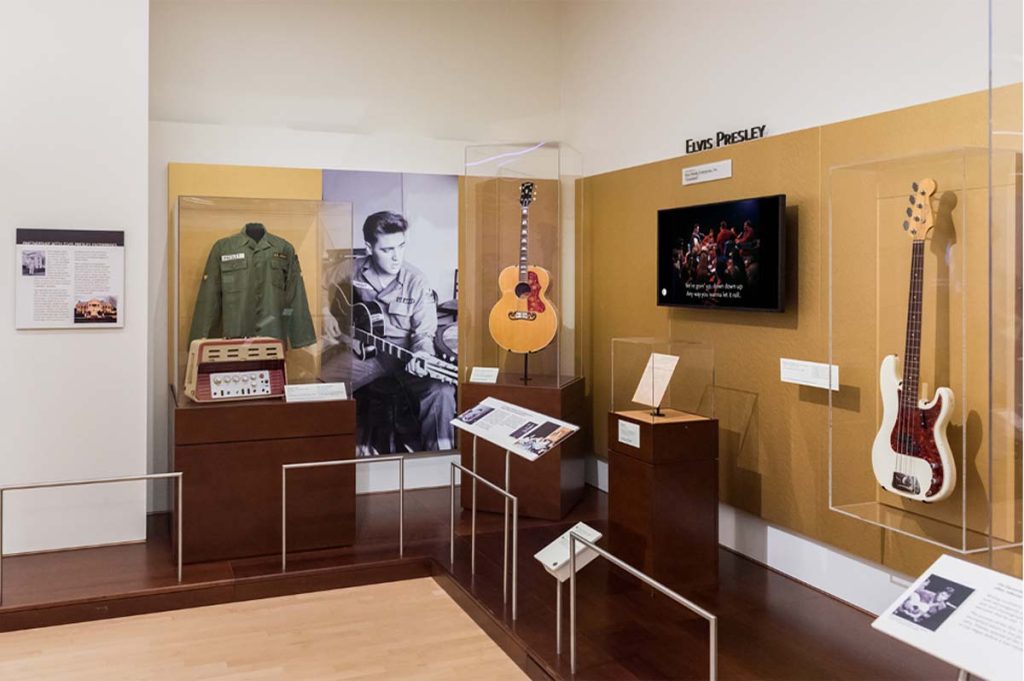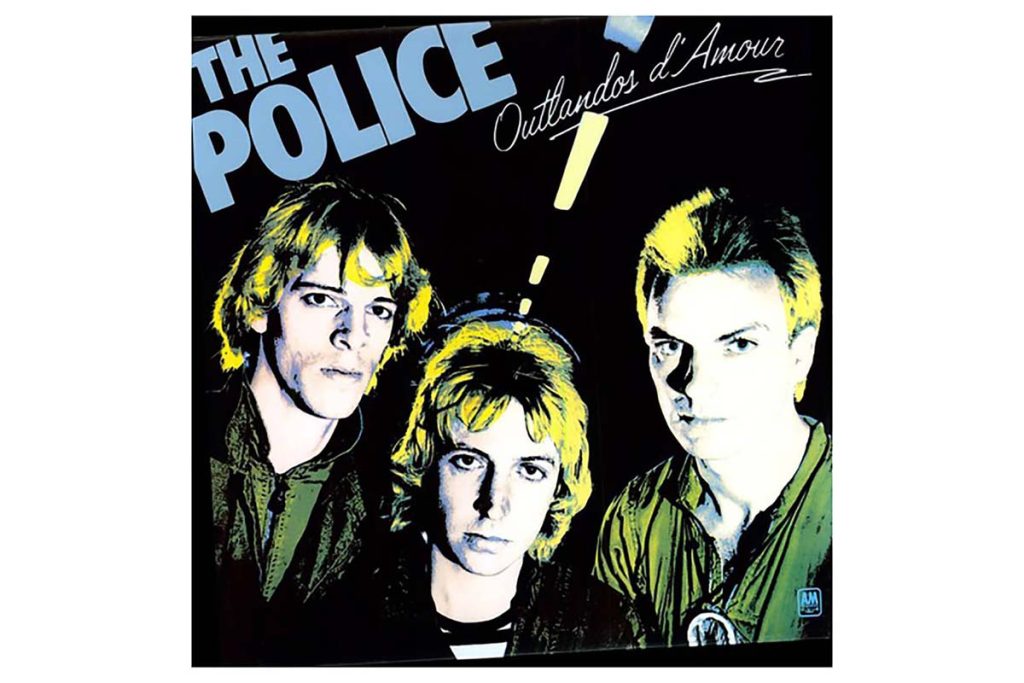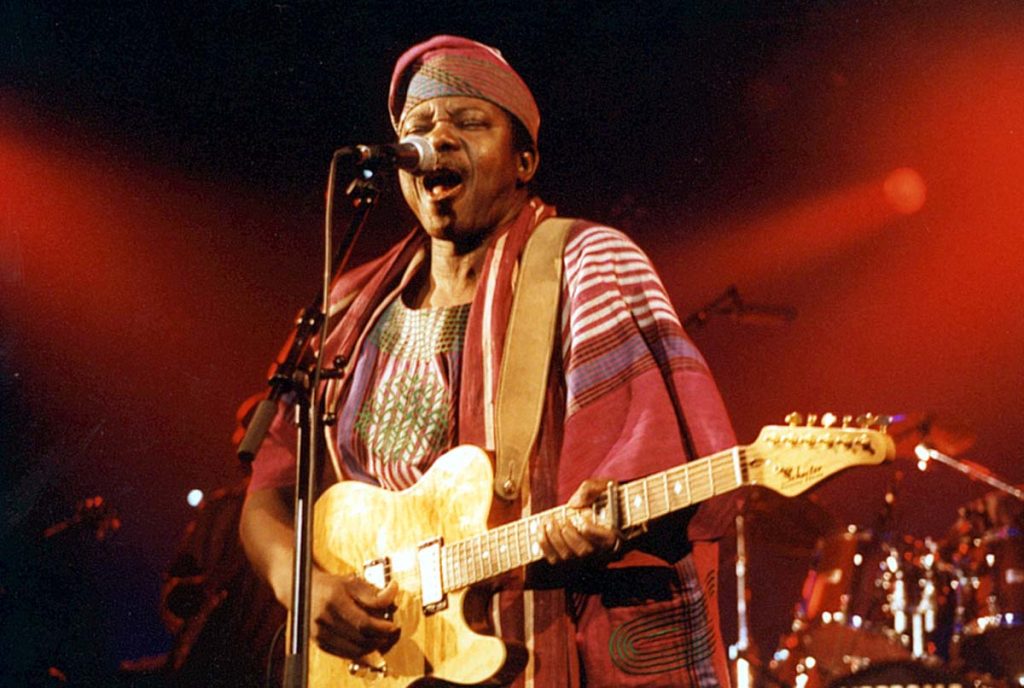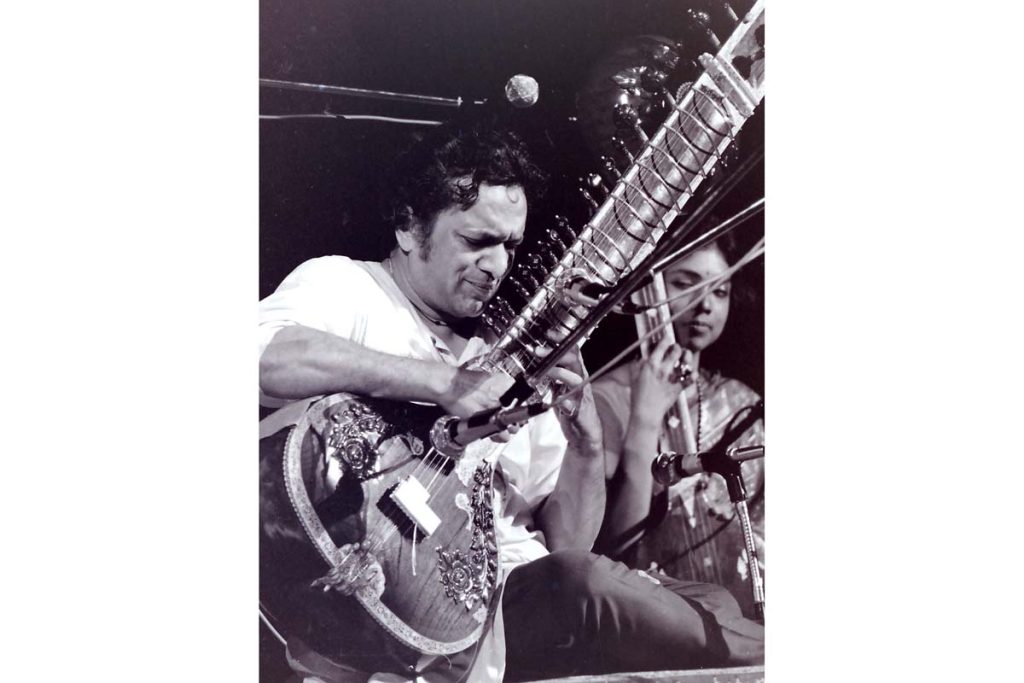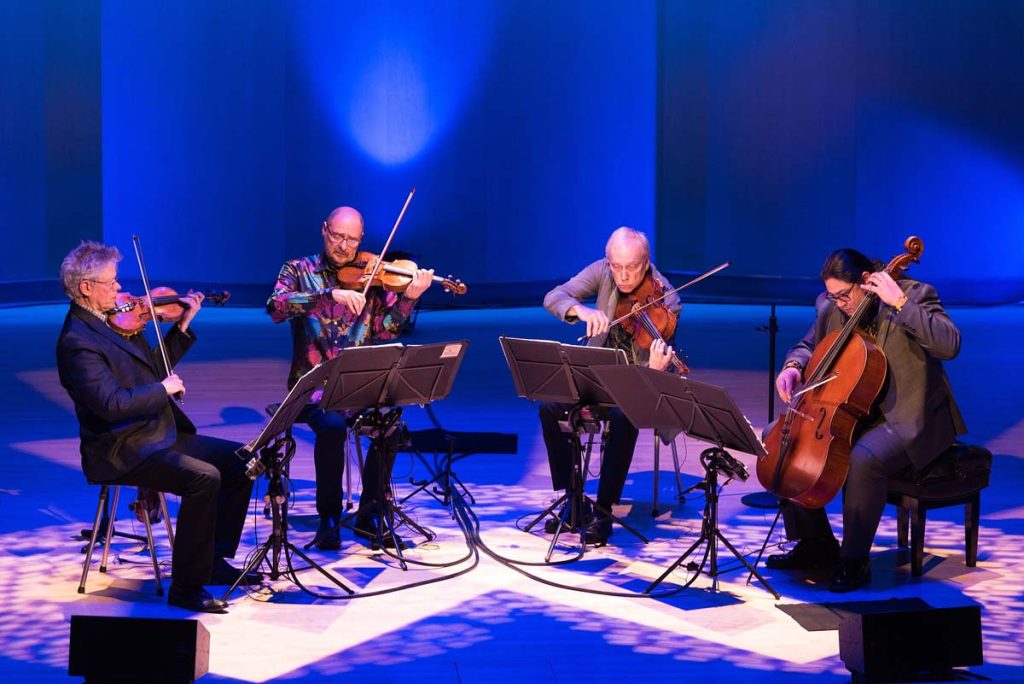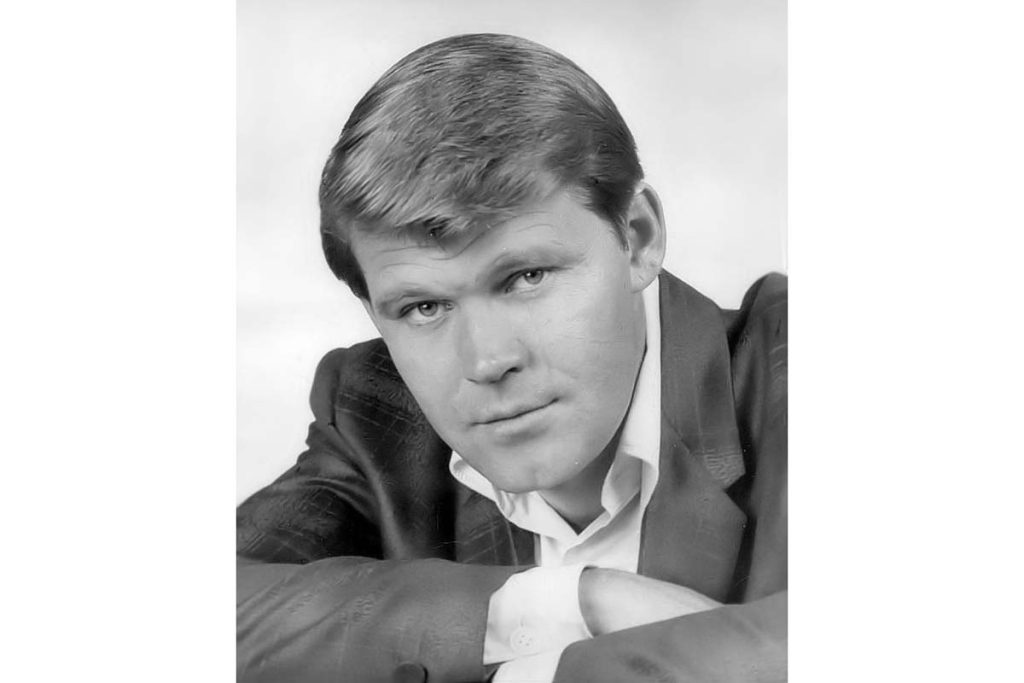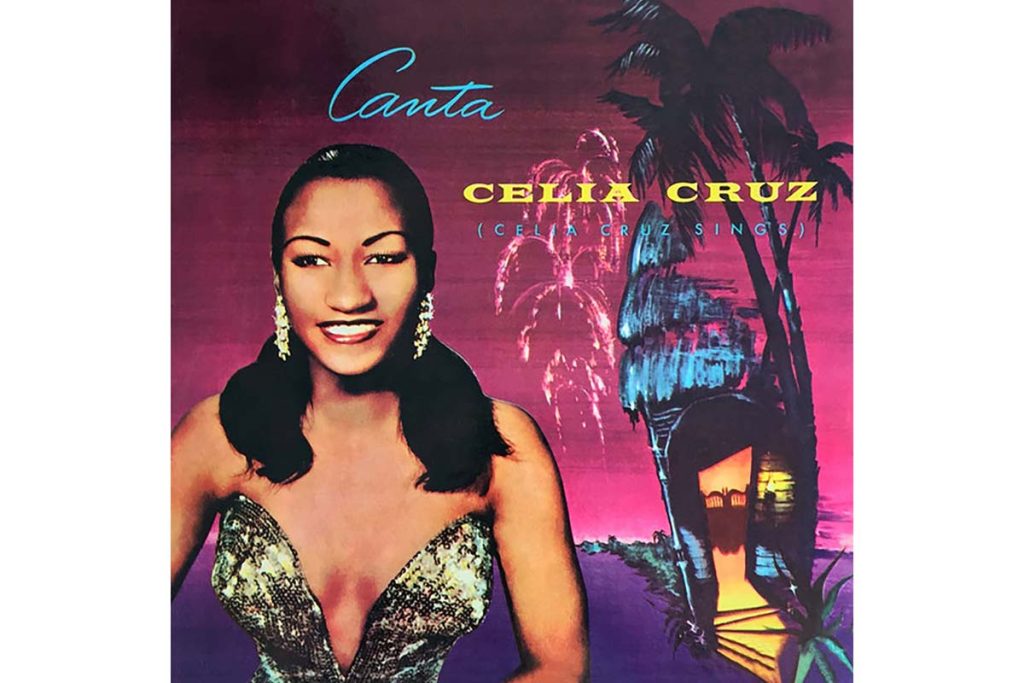The Musical Instrument Museum (MIM), located in Phoenix, Arizona, possesses 14,000 instruments and other artifacts that are housed in a state-of-the-art 200,000 square foot structure containing 350 exhibits.
The Musical Instrument Museum – A World of Music Artists was originally published in Copper Magazine Issue 194
FIDELITY cooperation with Copper Magazine.
Read this article also in Copper.
It is the foremost musical instrument museum in the world. I have been a docent at the museum for the last seven years and in previous Copper articles (Issue 169 and Issue 186) I discussed some of my favorite exhibits in the museum’s “geo” galleries, which cover over 200 countries across five geographic regions. My focus for this article is on the museum’s Artist Gallery, which contains noteworthy musical instruments and artifacts associated with some of the world’s leading musicians. There are approximately 40 exhibits in this gallery, which encompass regions around the globe and a significant number of music genres.
I’m going to talk about the exhibits for the following artists:
- Andy Summers/the Police: rock
- King Sunny Adé: juju
- Ravi Shankar: Hindustani
- Kronos Quartet: classical/eclectic
- Glen Campbell: country/pop
- Celia Cruz: salsa
Andy Summers/The Police: Rock
The Police were a predominantly British group formed in London in 1977. The best-known member is Sting (nee Gordon Sumner), their lead vocalist, bassist, and writer of most of their songs. Andy Summers, the Police’s lead guitarist, replaced original guitarist Henry Padovani shortly after the group was formed. Drummer Stewart Copeland was the only non-Brit in the band. While they have gotten together on occasion since then, the band broke up at the peak of their popularity in 1984 and Sting has gone on to have an outstanding solo career. The Police won five Grammy awards and were inducted into the Rock and Roll Hall of Fame in 2003. It was Summers and his people who worked closely with MIM personnel to bring this exhibit into the museum. The guitar he played during the Police’s 2007 reunion tour is prominently displayed.
Early on, the three members of the Police dyed their hair blond to portray a punk band in a commercial, and maintained that persona going forward. In doing so, they initially became known as a “punk band,” but their music is really a fusion of many influences. Sting had previously performed with jazz combos, Summers had a background in R&B, and Copeland had been with progressive rock band Curved Air. There is also a distinct reggae influence in some of the Police’s music. So “rock” is probably the best umbrella term for their sound.
The Police have produced many songs that have become household names to fans of that era. The first was “Roxanne,” which failed to become a hit when first released in 1978 (some believe it was because it described prostitution, and it didn’t chart until it was re-released in 1979). However, “Roxanne” was their ticket to a major recording contract with A&M Records. Other iconic Police songs include “Message in a Bottle,” “Walking on the Moon,” “Don’t Stand So Close to Me,” “Everything She Does is Magic,” and “Every Breath You Take.”
Sting has had a formidable music career since going solo. Summers has continued to record music and tour. He has also written music for several films, is an accomplished photographer, and is presently involved in a Police tribute band. Copeland has had an amazing post-Police career. In addition to performing and recording, he has written orchestral and operatic compositions and music for smartphones and video games.
Sometime after the Police dissolved, I was sitting at a hotel bar during a business trip and the bar had a DJ playing music. I was blown away by a song that I heard. I approached the DJ and asked him what that was. It was “Sister Moon” by Sting. I was familiar with the music of the Police at that time but had no knowledge of their personnel, and Sting has subsequently become a favorite of mine. I recently put together a male vocalists playlist and, of course, Sting is included. Ironically, “Sister Moon” did not make it onto the playlist. My two selections were “Fields of Gold” and “Fragile.” Sting is one of the great ones!
King Sunny Adé: Juju
Chief Sunday Adeniyi Adageye, known professionally as King Sunny Adé, was born into the royal family of the Yoruba people, one of the largest ethnic groups in Nigeria. The appellation “King” is derived from his being viewed as the “king of Nigerian juju music.”
Juju music arose early in the 20th century. The first recordings were made in the 1920s. It is a fusion of traditional Yoruba music and Western influences introduced into the region by Europeans. The name is derived from a Yoruba word meaning “throwing,” and not from a form of magic common in West Africa and parts of the Caribbean. Until the 1960s, juju was mostly confined to the Yoruba populace but subsequently became the dominant popular music genre in Nigeria.
In the late 1960s, a standard juju ensemble format emerged. This consisted of lead guitar, rhythm guitar, bass guitar and various percussion instruments usually consisting of conga, gangan (talking drum), clave (hardwood sticks), sekere (gourd/bead combo), and agogo (bells). Later on, synthesizers, vibraphones, steel guitars, and other percussion instruments were added.
It is noteworthy that brass and woodwind instruments have never seriously found their way into juju music. The predecessor to juju in Nigeria was a form called “highlife,” which is a fusion of African and Western jazz elements that originated in Ghana. Brass and woodwind instruments are fundamental to highlife music. It is thought that early juju artists intentionally avoided brass and woodwinds to better distinguish their music from the highlife music to which people were accustomed. Also, juju evolved in a somewhat ad hoc manner with street musicians playing an important role. Brass and woodwinds are louder than most other instruments and it is theorized that those street musicians did not want to be overly intrusive to their neighbors.
My introduction to juju music was via another widely acclaimed performer named Chief Commander Ebenezer Obey (whose actual name is Ebenezer Remilekun Aremu Olasupo Fabiyi). I had assumed that similar to King Sunny Adé, Obey was born into Nigerian royalty, hence the title “Chief Commander.” Not so. He came from relatively humble beginnings and acquired that title due to the intensity with which he managed his early ensembles. I have always had a slight preference for Obey’s music vs Adé’s and view his album, Juju Jubilee, to be the definitive modern juju music.
Ravi Shankar: Hindustani
Ravi Shankar was born into an elite Brahmin family and spent his teen years touring with a dance troupe prior to pursuing the sitar. He became a sitar virtuoso, composer, and the world’s best-known performer of Hindustani (North Indian) classical music. After a six-year stint studying sitar, Shankar dedicated himself to writing music for ballets and then became music director for a New Delhi radio station where he composed orchestral music consisting of Indian and classical Western instruments. This led to a collaboration with legendary violinist Yehudi Menuhin with whom he would later record three albums. In the mid-1950s he began collaborating with Indian film director Satyajit Ray, and wrote the score for Ray’s acclaimed trio of movies, The Apu Trilogy. He later began performing in the United States and Western Europe and became widely recognized as the de facto ambassador of Indian music to the West.
Western interest in the sitar and Hindustani music got a major boost when the Beatles went to India to study with Shankar. Fellow musician David Crosby introduced Beatle George Harrison to Shankar’s music, which led to the Beatles’ trip to India in 1968. Harrison applied the education he got from Shankar by playing the sitar on classic Beatles songs like “Norwegian Wood” and “Within You Without You.” Subsequently, other rock groups began using the sitar. The Rolling Stones’ Brian Jones played the sitar on “Paint It Black.” Traffic’s Dave Mason played it on “Paper Sun.” The sitar can also be heard extensively on Donovan’s album Sunshine Superman. Shankar became an active participant in the Western popular music scene and performed at the Monterey Pop Festival as well as Woodstock.
Shankar’s relationship with George Harrison reached a crescendo in 1971 with The Concert for Bangladesh. Due to armed conflict between Indian and Pakistani elements, compounded by torrential flooding, the people of Bangladesh were in dire need of assistance. Shankar and Harrison organized a pair of benefit concerts at New York’s Madison Square Garden on August 1, 1971, with all proceeds going to UNICEF to aid Bangladeshi refugees. Ringo Starr, Bob Dylan, Eric Clapton, Leon Russell, and others performed at the event. The resulting record album won the Grammy Album of the Year award. There had never before been a benefit of the magnitude of The Concert for Bangladesh.
Prior to the Beatles going to India, Shankar had established other important collaborations. He engaged in sessions with the great saxophonist, John Coltrane, whose 1964 masterpiece, A Love Supreme, clearly reflects Shankar’s influence. They kept in close contact until Coltrane’s untimely death in 1967. In 1970, Shankar wrote the Concerto for Sitar & Orchestra that he performed with the London Symphony Orchestra, with Andre Previn conducting. He was also not afraid to take on criticism from purists who scorned his integration of electronic instruments into some of his music.
Via several wives and other relationships, Shankar fathered a son and two daughters, notably singer, songwriter, and pianist, Norah Jones. He died in 2012 at the age of 92.
Kronos Quartet: Classical/Eclectic
The Kronos Quartet was conceived by violinist David Harrington and is celebrating its 50th anniversary later this year. While consisting of the same instruments (two violins, viola, and cello) as a classical string quartet and while doing ongoing work in contemporary classical music, they also engage in a wide variety of other musical genres. They are viewed to be ambassadors of contemporary chamber music.
Over its lifetime, Kronos has commissioned more than 1,000 works and arrangements and worked with contemporary minimalist composers including Phillip Glass, John Adams, Arvo Pärt, and many others. Collaborators span the entire world; Finland, Latvia, Afghanistan, Ukraine, Egypt, and Argentina are some examples of the quartet’s international reach. In addition to classical music, Kronos has performed rock, pop, world music, jazz, folk, and pre-classical early music. The quartet has done several movie soundtracks and performed with poet Allen Ginsburg, tango composer and musician Astor Piazzolla, rock band the National, the Modern Jazz Quartet, the Dave Matthews Band, Paul McCartney, David Bowie, and Tom Waits, to name a few. Frank Zappa has written for Kronos.
In 2019, NASA initiated a project that had Kronos working with composer Terry Riley. This resulted in an album called Sun Rings which features sounds and images recorded by NASA in outer space.
In November, there will be a 50th anniversary celebration of the Kronos Quartet at Carnegie Hall. As of now, featured guest artists include Laurie Anderson (eclectic), Jake Blount (folk/roots), Brian Carpenter (singer/songwriter), Tanya Tagaq (Canadian First Nations music), Wu Man (Chinese music), Aizuri Quartet (string quartet), Attacca Quartet (string quartet), Bang On A Can All Stars (classical music organization), and Sō Percussion (percussion quartet). That is surely an appropriately representative cast to sum up the incredible 50 years of the Kronos Quartet.
Glen Campbell: Country/Pop
Born into an Arkansas sharecropper family in 1936, Glen Campbell developed into one of the greatest stars in country music, and crossed over into pop. He never learned to read music or had any formal music training but was acclaimed for his guitar playing capabilities. He also played banjo, mandolin, bass, and bagpipes. Campbell won six Grammys plus the Grammy Lifetime Achievement Award and was inducted into the Country Music Hall of Fame in 2005. He hosted a TV variety show, The Glen Campbell Goodtime Hour, from 1969 to 1972 and appeared on a myriad of other TV shows. He also acted in 11 movies, most notably True Grit with John Wayne.
In 1960, Campbell moved to Los Angeles and became a session musician. Shortly thereafter, he became the lead guitarist for the Champs, who had had a number one hit with “Tequila” a couple of years earlier. He then signed with Capitol Records and worked mostly as a session guitarist and vocalist for several years. He performed with Merle Haggard, Bobby Darin, Frank Sinatra, Dean Martin, the Mamas & the Papas, Ricky Nelson, and many others. He also had a brief stint touring with the Beach Boys as Brian Wilson’s replacement.
The 1960s and 1970s were the golden years for Glen Campbell’s career. His breakthrough song as a soloist was “Gentle On My Mind” in 1967. This was followed by “By the Time I Get to Phoenix,” “Wichita Lineman,” “Galveston,” “Southern Nights,” and his signature song, “Rhinestone Cowboy.” A key to his acclaim was his ability to cross over to popular music with 30 top 20 country hits and 19 top 40 pop hits.
After CBS canceled his TV show in 1972, Campbell remained a fixture on network TV. In addition to hosting several TV specials, he was a guest on a number of network variety and talk shows. These included The Tonight Show Starring Johnny Carson, Donny & Marie, The Redd Foxx Comedy Hour, The Merv Griffin Show, and many others.
I conducted a MIM tour a number of years ago for Red Steagall, “The Official Cowboy Poet of Texas,” and some of his people. Red does a three-day cowboy festival in Fort Worth, TX every year. I took them into MIM’s Artist Gallery and, naturally, we visited all the country music exhibits. When we stopped at the Glen Campbell exhibit, Red’s voice broke up a bit and I thought I saw a tear in his eye as he said, “Glen Campbell was a very close friend of mine.” After a seven-year battle with Alzheimer’s disease, Glen Campbell passed away in 2017.
Celia Cruz: Salsa
Celia Cruz, the “Queen of Salsa,” was born in Havana, Cuba in 1925. After finishing high school and while furthering her education to become a literature teacher, she won a talent contest and decided to pursue a singing career instead. Her breakthrough came in 1950 when she became the lead vocalist for the popular orchestra La Sonora Matancera. She was the first black lead singer of that very popular ensemble. Cruz continued in that role for 15 years and mastered many Afro-Cuban music styles. The group recorded numerous singles that were later compiled into full-length albums. Cruz sang regularly with the ensemble on radio and television, toured extensively, and appeared with it in five films. She was also a frequent headliner at Havana’s historic Tropicana nightclub.
An aftermath to the Cuban revolution was the nationalization of the music industry and the disappearance of most of Havana’s nightlife. As a result, Cruz and most of the members of La Sonora Matancera left Cuba for Mexico and then the United States. Cruz became a U.S. citizen in 1961 and an enraged Fidel Castro barred her from ever returning to Cuba. She married Pedro Knight, one of the band’s trumpet players, who became her manager when she left the band to pursue a solo career. Cruz was relatively unknown in the U.S. outside of the Cuban exile community until she began collaborating with Puerto Rican drummer Tito Puente and his band, with whom she produced five record albums.
In the early 1970s, salsa had become very popular and Cruz adapted smoothly to that phenomenon. Her record label was acquired by Fania Records, renowned for their salsa artists. She often appeared with the Fania All-Stars, a salsa supergroup that included well-known artists such as Johnny Pacheco, Ray Barretto, Willie Colon, and Mongo Santamaria. Cruz found herself at the heart of New York City’s vibrant salsa scene. Her trademark became her flamboyant attire featuring sequined dresses, extravagant wigs, and extreme high-heeled shoes. She also was acclaimed for her extraordinary manner of audience engagement.
Celia Cruz produced 37 studio albums as well as numerous live albums and collaborations. She has received Grammy and Latin Grammy awards including a Grammy Lifetime Achievement Award. Cruz appeared in several movies and has a star on the Hollywood Walk of Fame. The Celia Cruz Bronx High School of Music bears her name. Next year, the U.S. Mint will be producing a quarter with Cruz’s likeness on it.
I have attended many concerts over the years but only a handful are vividly etched into my memory. Howlin’ Wolf crawling on his knees through the audience and howling into the microphone; a solo performance by Neil Young playing guitar, piano, and organ; Bill Monroe and the Blue Grass Boys all wearing dark blue, three-piece pinstripe suits and big white Stetsons; a very old Champion Jack Dupree staggering off the piano stool after one of his last performances – and Celia Cruz strutting across the stage in her sequined dress and high-heeled shoes!
It should be noted that the Musical Instrument Museum does not arbitrarily exhibit an artist – it must have the cooperation of the artist or whoever owns her/his rights. Other musicians featured in the Artist Gallery include Johnny Cash, Tito Puente, Pablo Casals, Buddy Rich, the Nitty Gritty Dirt Band, and so many more. Choosing which artists to feature in this article took quite a bit of thought and much consideration was given to the variety of geographic areas and genres they represent.
Special thanks to Copper Magazine

